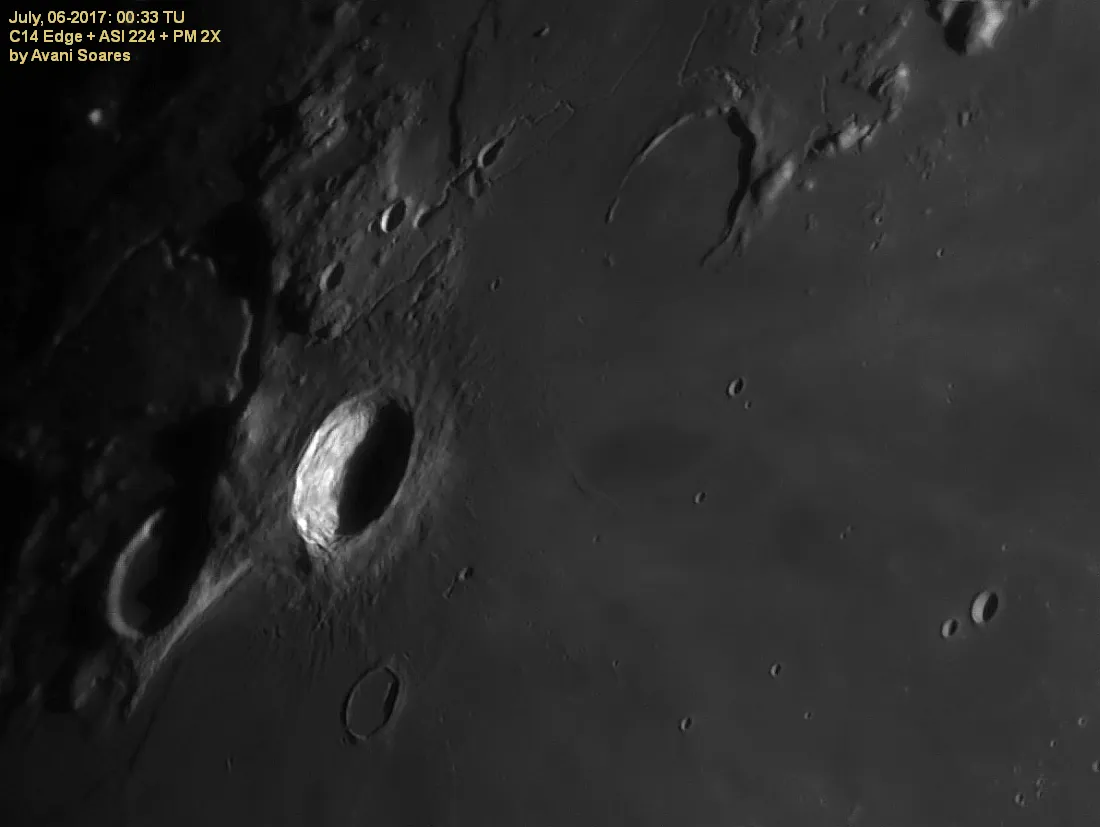Aristarchus is by far the brightest crater on the entire Moon and can always be seen whenever it is in sunlight.
It also shows up when the Moon is lit by earthshine, and many astronomers have mistaken it for a volcano in eruption; even Sir William Herschel fell into this trap.
It lies in the Oceanus Procellarum but is not isolated by any means; Aristarchus lies close to Herodotus, a crater of much the same size but without Aristarchus’s brightness.
For more on lunar observing, read our guide on how to observe the Moon or how to photograph the Moon.
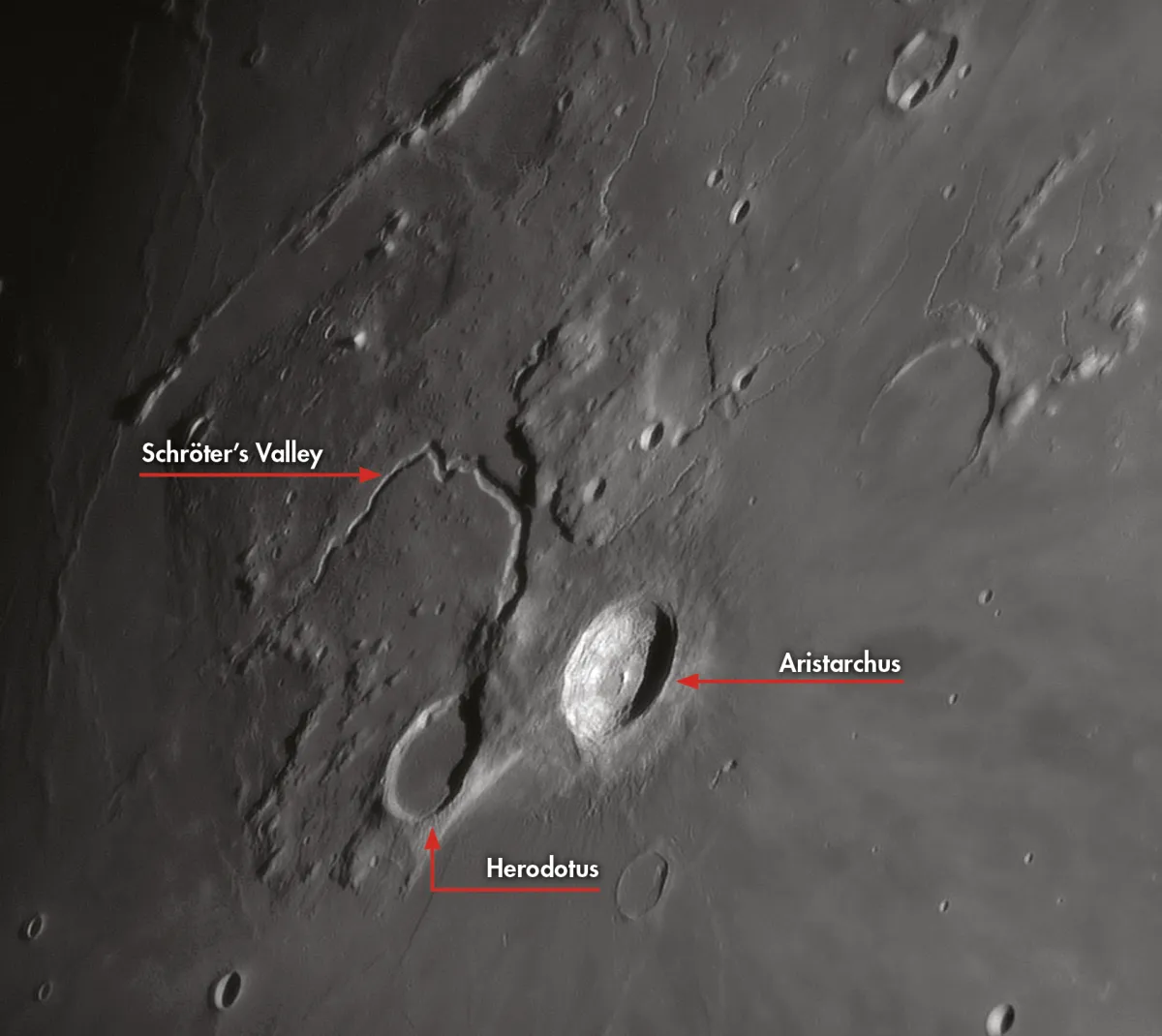
Facts about Aristarchus Crater
- Size:40km
- Age:450 million years
- Location: Latitude 23.7°N, longitude 47.4°W
- Recommended observing equipment 4-inch telescope
Brightest crater on the Moon
Aristarchus is the brightest crater on the Moon, but why is it so bright? Simply because it is very young, formed at a late stage in the Moon’s evolution.
Aristarchus is thus one of the very youngest craters on the entire lunar surface. It is well formed, with high terraced walls and a central peak.
Its age is believed to be about 450 million years, which is very young by lunar standards.

Its position on the disc means that it can be seen for a good part of every lunation, and it is fascinating to draw or photograph it from night to night and note the apparent alterations due to changes in solar illumination.
The adjacent crater Herodotus is also well formed, but there is no marked central peak.

Also in this area is the longest sinuous valley on the Moon, named in honour of the German astronomer Johann Schröter.
In a way this is misleading because the crater named after Schröter is a long way away in an entirely different part of the Moon.
Aristarchus (c310-230 BC) himself, the Greek astronomer from Samos, was the first to maintain that Earth revolved around the Sun and rotates on its axis, while Herodotus (c485-425 BC) was a Greek historian.
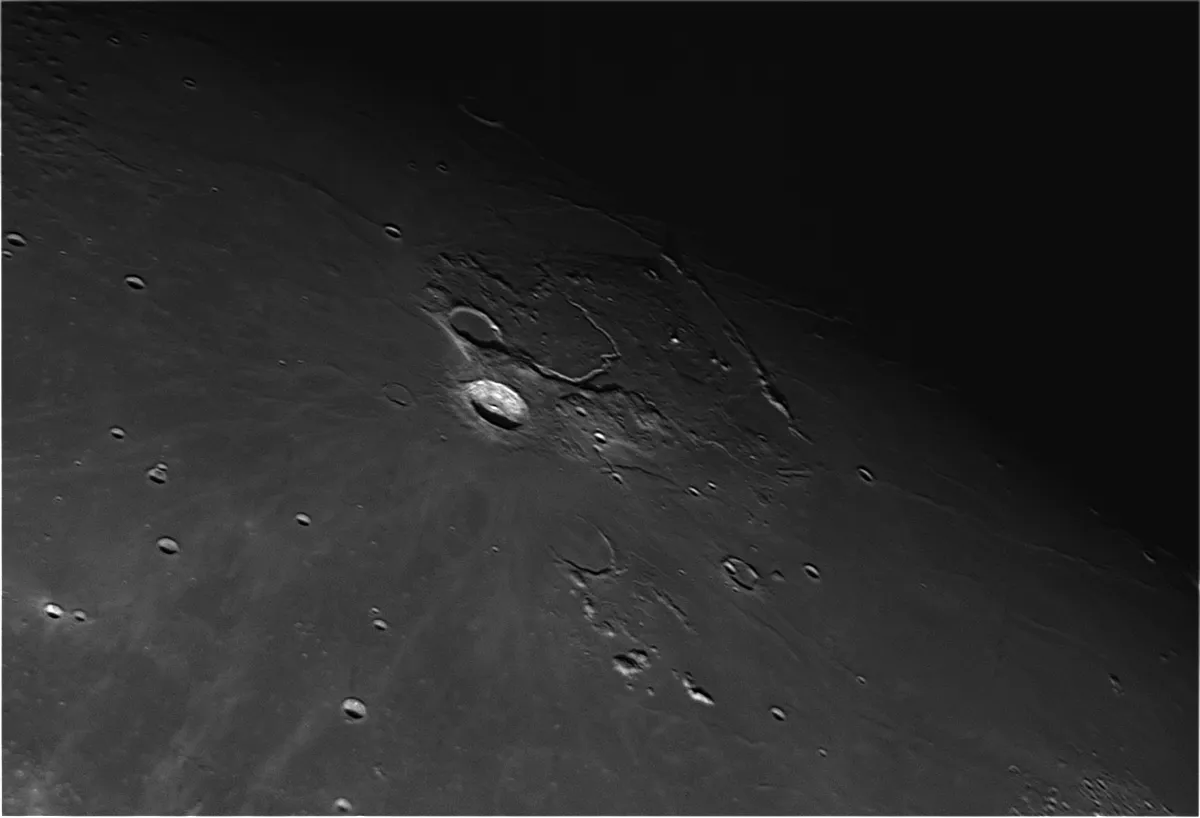
Schröter’s Valley
Schröter’s Valley begins 25km north of Herodotus and gives the impression of a dry river bed.
Starting at a crater 6km in diameter, the valley widens to almost 10km, forming a shape some observers have nicknamed ‘The Cobra’s Head’.
From this it gradually narrows to a width of 55m, finally terminating in a 1km-high bank on the edge of an uplifted area.
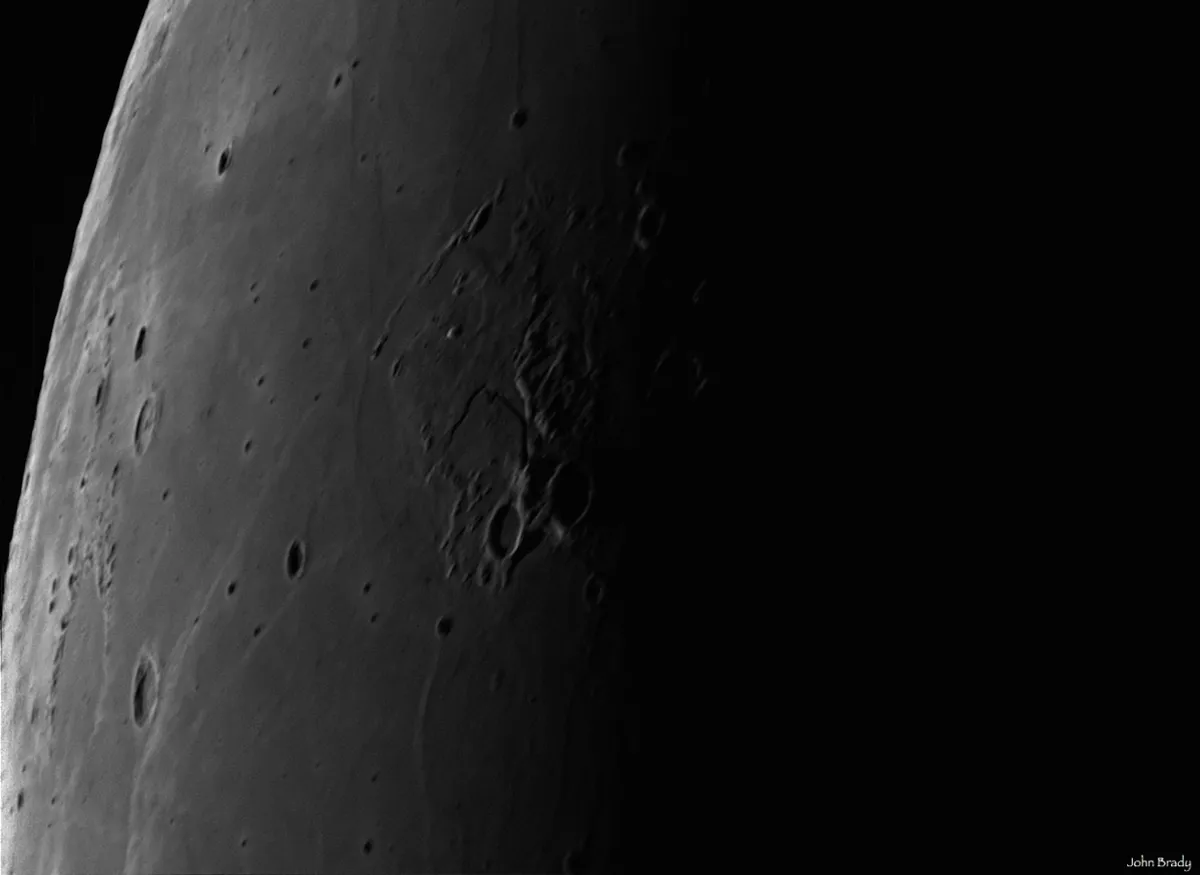
Under good seeing conditions a powerful telescope will show a delicate rill on the floor of the valley.
The total length of the valley is 160km with a maximum depth of 1km. Nothing else quite like it can be seen on the Moon.
A number of transient lunar phenomena (TLP) have been seen on or near Aristarchus, and it is well worth keeping a watch for them.
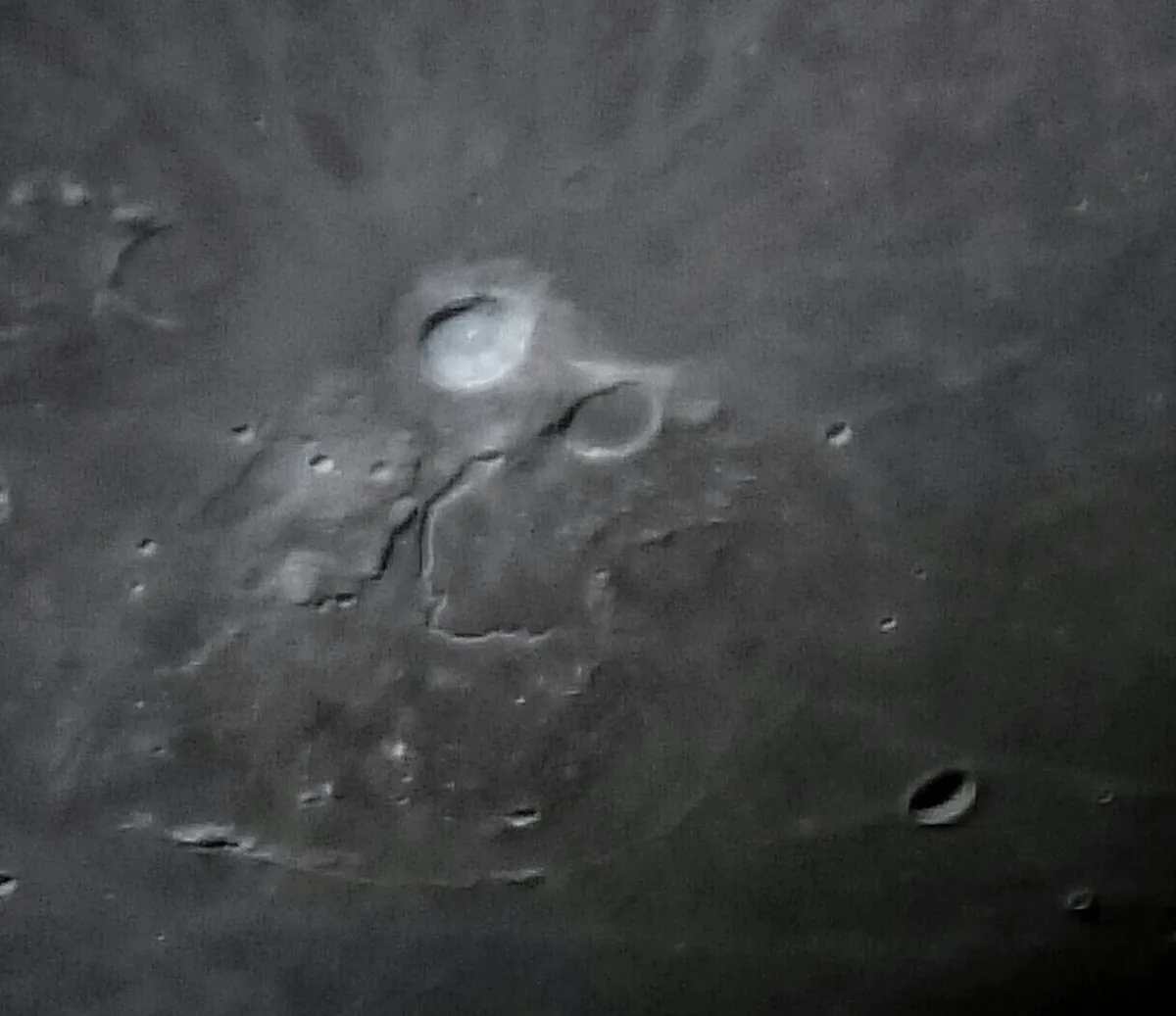
Phenomena reported in the crater include periodical obscurations and cloud-like features, which do not persist for long.
These have never been photographed, and their existence has never been definitely proved. However, looking back at lists of reported TLP, Aristarchus heads the list by a very long way.

